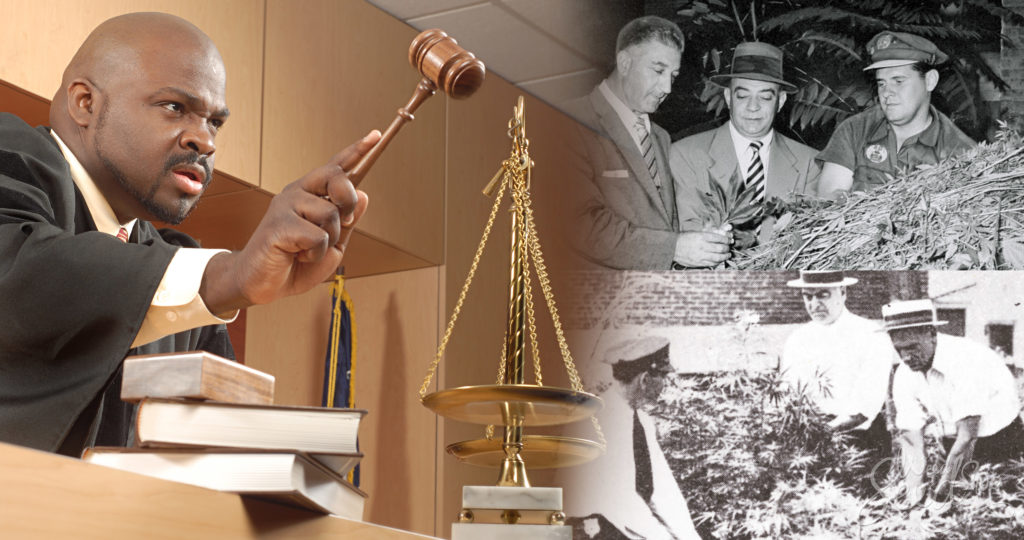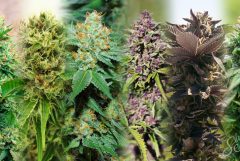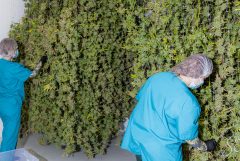Cannabis was widely used by our ancestors as a common medicine to treat a lot of ailments, but was criminalized in the early 1900s in the USA, after which the rest of the world followed. The story of the prohibition of cannabis is a spectacular journey of medicine and consciousness. Read this article to see how cannabis is making its way back to medicine in modern society.
The history of the prohibition of cannabis and other drugs has been a long history at that, and in recent times it is coming to a complete tipping point. Cannabis went from commonplace to illegal, and it is now coming full circle back to commonplace. Cannabis went from being a plant commonly used for medicinal purposes to something categorized as offering no medicinal benefits whatsoever. Up until recently, cannabis has been lumped in a category more dangerous than opiates.
The journey that this plant has made through human use, especially politically, is equally as mysterious as its cultural uses throughout time. The attitude towards cannabis has been controversial, and it has been the focal point for governments to make a lot of changes in the last decade. The world is on the brink of a revolution that has been arguably inspired by cannabis, and this has given the people a voice to speak out for their rights.
This exploration into the history of cannabis is a perfect example of how the endeavour to explore the human consciousness is a fundamental human right. Cannabis has been the vehicle for a truth far grander than just smoking weed to get high, a truth about the freedom of human beings, and the freedom to alter our states of consciousness.
A commonplace medicine
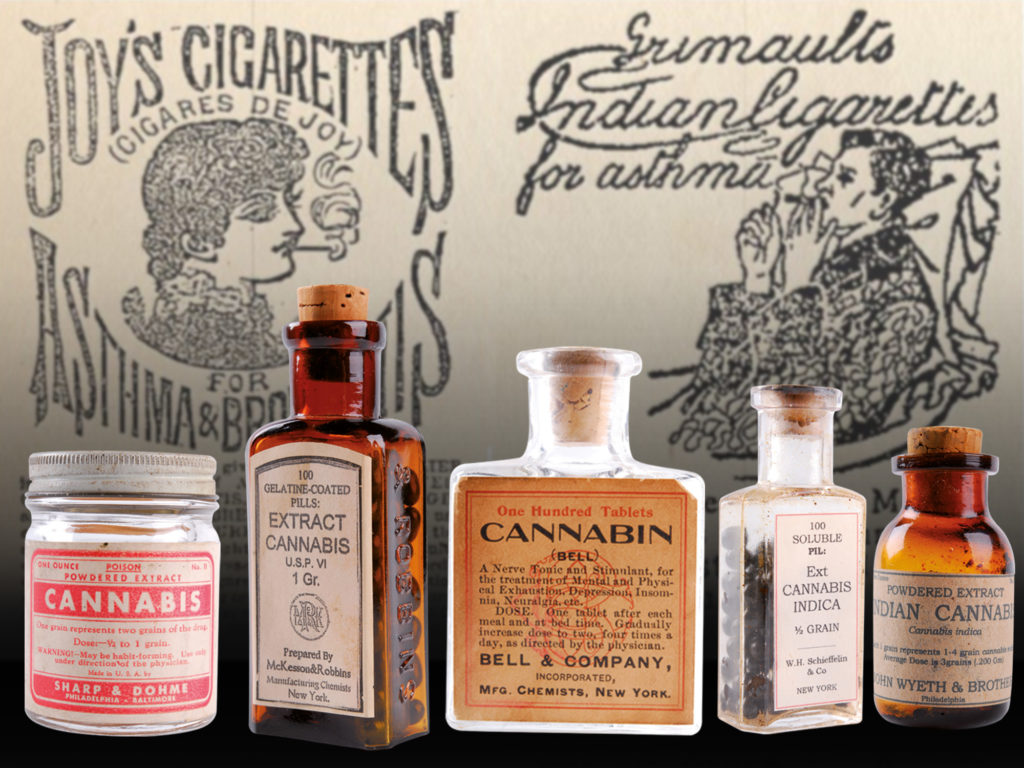
In the 1800s, the USA was one of the biggest producers of hemp for fibre and materials. Although at this time recreational use was not widely known, it was widely known to be using cannabis for agricultural purposes or for medicinal purposes. Cannabis was available in a range of forms such as oil and herbs, for the preparation of medicines to treat a wide range of symptoms.
In any case, it is difficult to distinguish between whether it was used solely for medicinal purposes, because the general point of the plant was to make people feel good. In 1862, Vanity Fair published an article stating that weed was a good antidote for “melancholy” and called it a pleasurable stimulant.
It was consumed in edible or drinkable form in most cases, or it was used as hemp to make clothes, paper, and building materials. The buds and leaves were not known to be smoked until the Mexican revolution in the early 20th century, when a lot of Mexicans were bringing the herb across the border. It was not long after this that the journey into prohibition began.
Weed criminalized
The American government’s first attempt to regulate the plant happened as a result of trying to control the amount of weed being brought onto American soil by Mexican immigrants. It was in 1906 that they first established a Food and Drug Act, which included cannabis, among other plants, to be regulated for use by the American people.
In the decade between 1914 and 1925, twenty-six states in the USA passed laws criminalizing the plant and prohibiting its use entirely. Surprisingly, this process took place basically uncontested by the American people. In the process of criminalizing cannabis, hemp was also criminalized and there was no further agricultural use of the plant.
In the 1960s, cannabis made its way to the college campus, and there were college students smoking pot everywhere. During this time drug penalties were made even more harsh, and a lot of Americans were incarcerated for their use of cannabis during that time. Weed became the focal point of protests in the ’70s, where there was almost a psychedelic revival. However, government pressure was too intense, and the movement failed on this first attempt.
In 1970 the American Congress passed the Comprehensive Drug Abuse Prevention and Control Act, which officially put cannabis in the most restrictive category of drugs. Cannabis was discounted from having any medical purposes whatsoever in the passage of this act. It was labelled the most dangerous, carried the harshest penalties, and became the reason for an unwarranted amount of Americans ending up in jail. It did not seem to matter how strictly the American government imposed penalties and how harsh those penalties became. The American people were unable to turn away from using cannabis, even at the height of prohibition laws.
Prohibition wreaks havoc on society
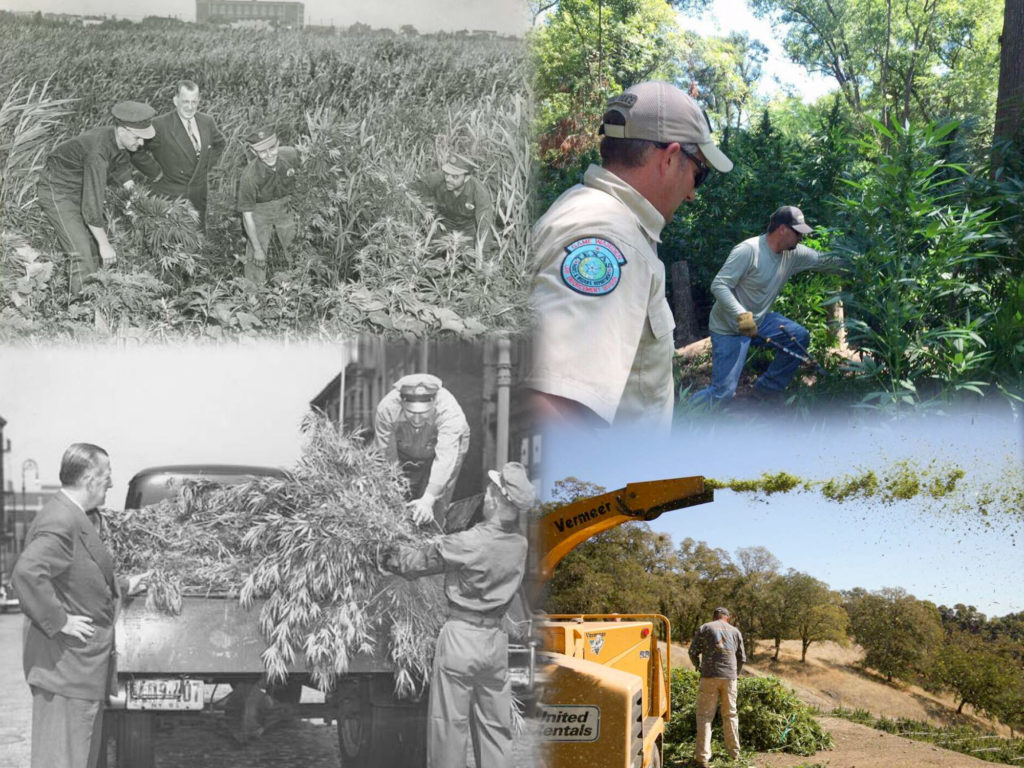
Although the prohibition of drugs such as amphetamines and opiates had their own dire effects on society, the prohibition of cannabis was ultimately worse. Americans were not able to let go of their desire to use cannabis, whether for recreation or for medicine, and the prison population began to grow at a rate that the American government could not keep up with.
It is likely that, because of the original influx of cannabis with Mexican migrants, there is a racial factor involved and a social stigma arose as a result of this. Between 1965 and 1970, the number of cannabis arrests increased tenfold. Prisoners incarcerated for the possession or distribution of cannabis became the overwhelming majority of the prison population.
Weed was never associated with extreme violence, murder, or torture by way of actual evidence or research. This message was only ever conveyed in a propaganda attempt by the US government, as well as governments all over the world. Despite this, extreme pressure was always applied in a special effort to stop the circulation of this plant. Unsurprisingly, the pressure was never enough to actually stop people from using or distributing cannabis. The amount of Americans that are in jail for the use of cannabis, whose lives have been devastated as a result of innocently using this plant for recreation, then reached a tipping point.
Coming full circle
In the last two decades, the story of the prohibition of cannabis has been coming full circle again. The history is almost the same across all the countries of the world, with it becoming prohibited and now reaching a time where legalization is imminent. The tipping point came in the last 15 years for the American people, with the realization that too many people were suffering at the hands of using something that really does not disadvantage society. There has also been extreme pressure from scientists because of research that proves that CBD and THC carry medicinal properties that can treat a wide range of diseases prevalent in the USA.
In 1996, California was the first state in the USA to legalize medical cannabis, causing a complete storm in American politics. California went ahead and became the first state to pass a law legalizing medical cannabis, while the federal government continued to categorize the plant as a Schedule I drug. This inconsistency between federal and state law meant that dispensaries were raided and the economy of cannabis suffered greatly.
In the decade to follow, eight more states legalized medical cannabis on a state level, in defiance of federal law. As the number of states continued to grow, the support behind the legalization movement became increasingly stronger. In 2015, almost twenty years after California legalized medical cannabis, there are 23 states in the USA who have a medical cannabis program. There are four states that have now legalized cannabis recreationally, so that it has become completely decriminalized.
Cannabis legalization is now spreading rapidly around the world, being completely legal for recreational use in Uruguay and parts of Europe. The support for cannabis legalization and what it means for the people is becoming stronger, and the end of prohibition is now imminent.
With increased pressure from states, the American federal government will soon have no choice but to concede their prohibition laws. When there are more states in support of legal cannabis than there are not, the federal government will have to surrender. This becomes a statement for the power of the people over the government, and the fundamental human right to use cannabis for medicine or recreation if that is chosen.
Cannabis as a vehicle for change
Cannabis has been a vehicle for change for the citizens of the world, a voice if you will. It has given the people a focus, something to change, in order to convey a greater truth about the relationship between human beings and their consciousness, their governments, and the plants. Despite prohibition being seen as a disaster of human history, the journey that cannabis has made from prohibition to legalization is quite spectacular. The disconnection from the basic right to use cannabis has allowed for an amplification of the role of all of this in human progress.
Cannabis has allowed the modern human population to speak openly about their rights and what is going to create a sustainable life on earth.





